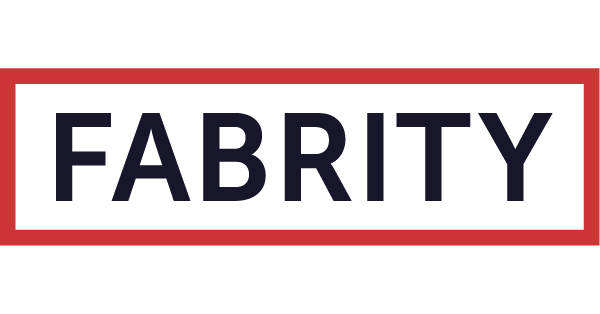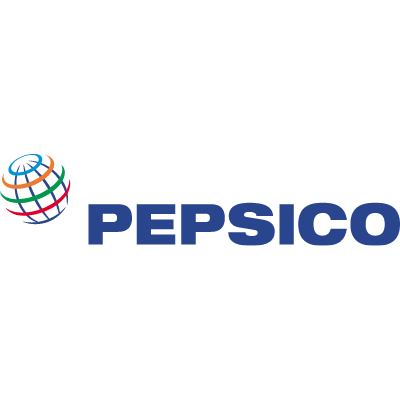Paving the way to the Industry 4.0
Companies are changing the way they manufacture and distribute their products. Machine learning (ML), artificial intelligence (AI), and the Internet of Things (IoT), cloud computing, and advanced data analytics—these are the technologies that allow us not only to build smart factories, but also to integrate and automate all processes starting from production, to supply chain, to sales and distribution, to maintenance.
Who we work for
The global manufacturing companies that trusted us in their digital transformation journey:



What our clients say—testimonials


Global Series Support Development

Solutions for the manufacturing industry
Data engineering
Integrate different data sources and analyze them using machine learning and artificial intelligence to generate actionable insights.
Hyperledger
Harness blockchain technology to build solutions for supply chain management, logistics, production, and assembly processes.
Supply chain management
Integrate solutions and data sources at the company level with those of business partners to increase efficiency.
Compliance management
Ensure compliance in production processes and other business areas by defining, controlling, and auditing processes.
Hyperautomation
Use low-code platforms and RPA tools to automate business processes and increase their efficiency.
Sales and distribution processes
Integrate solutions and data sources across the company and with those from business partners.
Maintenance processes
Streamline product maintenance thanks to data integration and integration with business partners.
Digital twins
Build solutions allowing for the creation of digital replicas of physical objects, such as products, parts, tools, and other resources.
Smart manufacturing
Digitalize production by collecting, integrating, and analyzing data to get better insights and increase productivity, and boost innovations.
Customer or employee apps
Design and build dedicated, human-centered solutions for employees, business partners, and customers.
Case studies
Manufacturing industry insights
How to build a blockchain app for tracking of manufactured parts
Blockchain can be applied in practical business scenarios. Read on to know how we build an app to track manufactured parts using Hyperledger Fabric.

Hyperautomation—an emerging technology trend for 2023
Hyperautomation is expected to be one of the top technology trends in 2023. Read on to find out what competitive advantages it can bring to the table.

Digital twin technology—what it is and how it can be used
According to Gartner, the digital twin is one of the emerging technologies to watch. In our article, you’ll learn how companies can benefit from them.
Values we offer
Build cross-functional teams with all roles and skills covered in under four weeks.
Choose the contractual model and service model that best suit your business.
Pay only for the software functionalities delivered.
Get advice on team composition, size, and seniority level, solution architecture, and project backlog.
Cover all risks: underperformance, absences, security, confidentiality, and GDPR requirements.
Ensure the best working conditions for your team: project onboarding, upskilling, best practices, and boosting motivation and engagement.
Work with a partner that provides hardware, software licenses, and office space (if needed).
Service models
A dedicated team managed by Fabrity
- Build a cross-functional team with all roles and skills covered.
- Benefit from our tools, processes, best practices, and infrastructure.
- Use a quoted time and materials (QT&M) model based on the volume of software delivered.
A team managed by the client
- Scale up your project team with our IT experts according to your current needs.
- We make sure your developers have everything to start working immediately (hardware, software licenses, ensured security, and GDPR requirements).
- Use a time and materials contract (T&M) with contracted flexibility.
A hybrid team
- Blend our experts with your team to strengthen it with the skills you need.
- Benefit from our software development best practices and processes.
- Use either a quoted time and materials (QT&M) or time and materials (T&M) model depending on how leadership roles are split between your team and our experts.
Software development hubs
- Set up your virtual software development hub quickly.
- Access the tech talent pool available in the CEE region.
- Scale up and down without incurring upfront costs.
Technology stack
We build project teams with software engineers who have expertise in leading or niche technologies.
Enterprise software development:






Web software development:





Mobile software development:





Data engineering:







Need help with a digital transformation challenge specific to the manufacturing industry?
Drop us a line to see how we can help.
Book a free 15-minute discovery call
Let’s talk to see how we can help.




